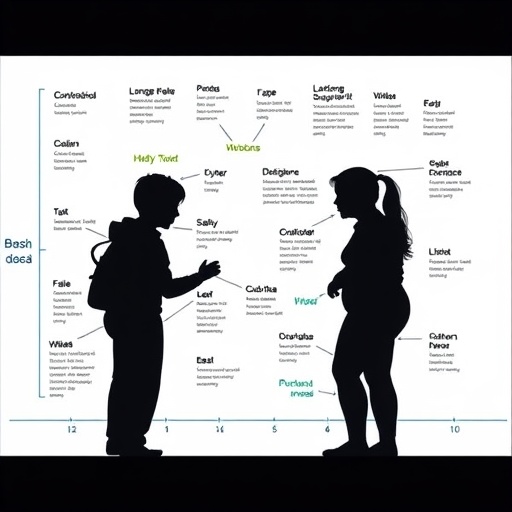Findings reveal how plants respond to key nutrient in fertilizer
A team of biologists and computer scientists has mapped out a network of interactions for how plant genes coordinate their response to nitrogen, a crucial nutrient and the main component of fertilizer. The work, published in the journal Nature Communications, offers a potential framework and more efficient methods that can be used to investigate a wide-range of vital pathways in any organism.
“The sequencing of whole genomes has transformed life sciences, leading to breakthroughs in medicine, agriculture, and basic research,” explains Matthew Brooks, an NIH-postdoctoral fellow in New York University’s Department of Biology and the paper’s lead author. “The challenge now is to determine how the genes that are encoded by an organism are regulated and work together in networks that allow plants and animals to respond to their environment.”
The scientists, working in NYU’s Center for Genomics and Systems Biology, focused on gene regulatory networks, which consist of transcription factors and the target genes that they regulate. These gene regulatory networks enable organisms to adapt to fluctuating surroundings.
However, multi-cellular organisms, where there are a large number of transcription factors and target genes they potentially regulate, present a challenge for mapping all connections. The nature of the interactions within these complex networks are difficult to experimentally validate using common methods.
In order to overcome these obstacles, the team, which also included researchers at NYU’s Courant Institute of Mathematical Sciences, combined innovative experimental and computational methods to characterize the gene network underlying nitrogen responses. The research centered on the plant Arabidopsis, a model organism for research as it’s the first plant to have its entire genome sequenced.
Rather than taking the standard approach of altering the expression of one gene at a time in whole plants, which can take many months for even a single transcription factor, the group scaled-up a cell-based technique that enabled them to experimentally determine more than 85,000 connections between 33 early nitrogen-responsive transcription factors and the target genes they regulate in approximately two months’ time. Collectively, the 33 transcription factors regulate 88 percent of the nitrogen response genes in plants. In an approach they call Network Walking, the scientists could use this vast amount of data to chart a path for a transcription factor from its direct gene targets in root cells to indirect gene targets in plants.
“All organisms alter gene expression in response to nutrient and developmental signals, enabling them to survive and grow in their environment,” observes Gloria Coruzzi, a professor in NYU’s Department of Biology and the paper’s senior author. “But understanding and experimentally validating the sequence of interactions within these extremely complex gene regulatory networks is a difficult task. Our approach presents a way to rapidly uncover and validate these intricate relationships, offering a potential pathway to engineer or breed more efficient, economical, and environmentally sound methods to grow plants and crops– but our experimental and computational Network Walking approaches can be applied to any system in biology, agriculture, or medicine.”
###
This work, which also included researchers from France’s University of Montpellier and the Department of Molecular Genetics and Microbiology at Chile’s Pontifical Catholic University of Chile, was supported by grants from the National Institutes of Health (R01-GM032877) and the Zegar Family Foundation as well as by an NIH National Institute of General Medical Sciences Fellowship (F32GM116347) and funding from France’s International Laboratory Association for the Centre National de Recherche Scientifique (CNRS).
DOI: 10.1038/s41467-019-09522-1
Media Contact
James Devitt
[email protected]
http://dx.




